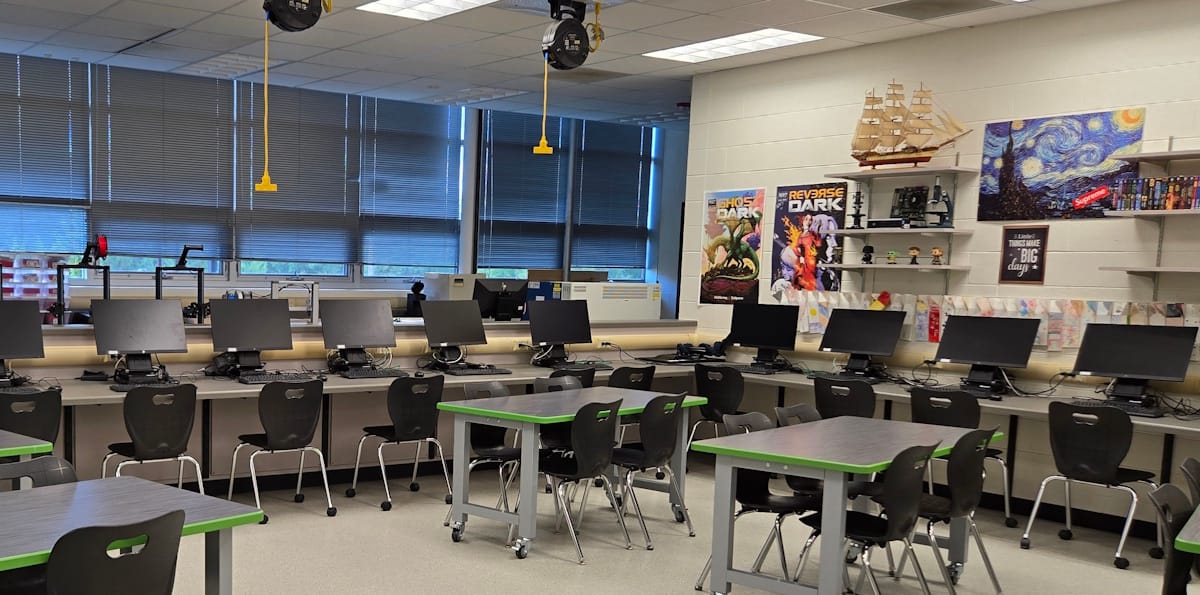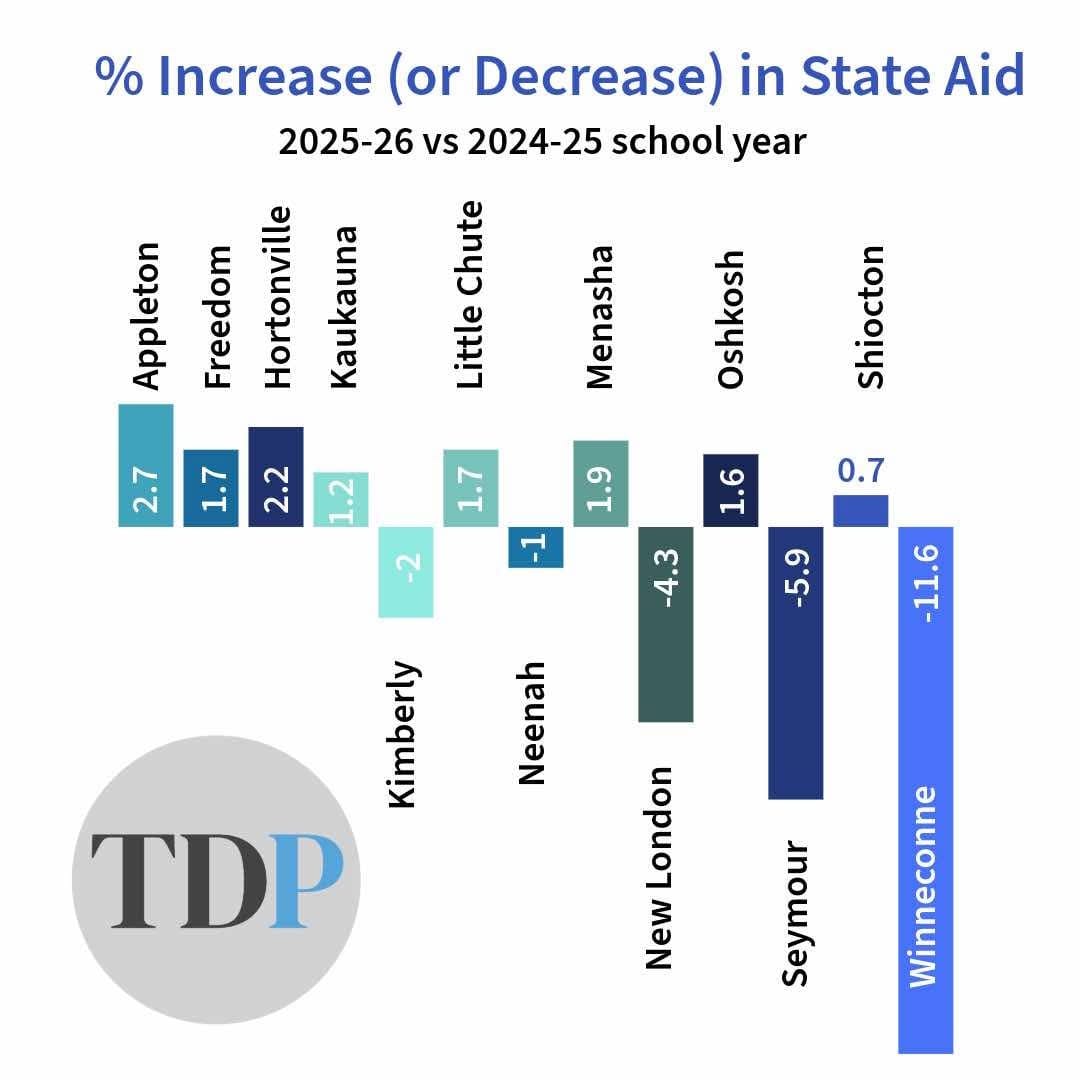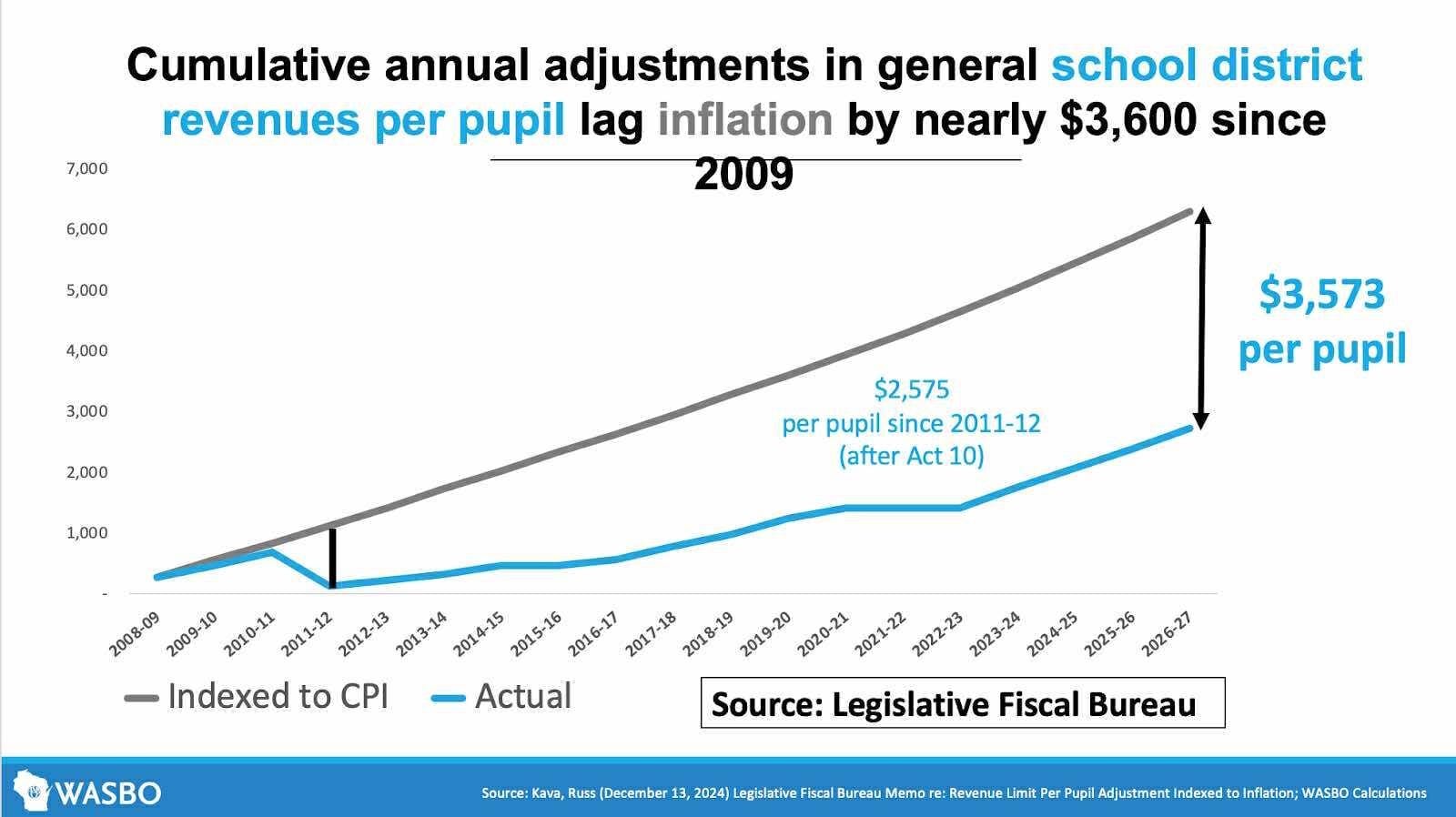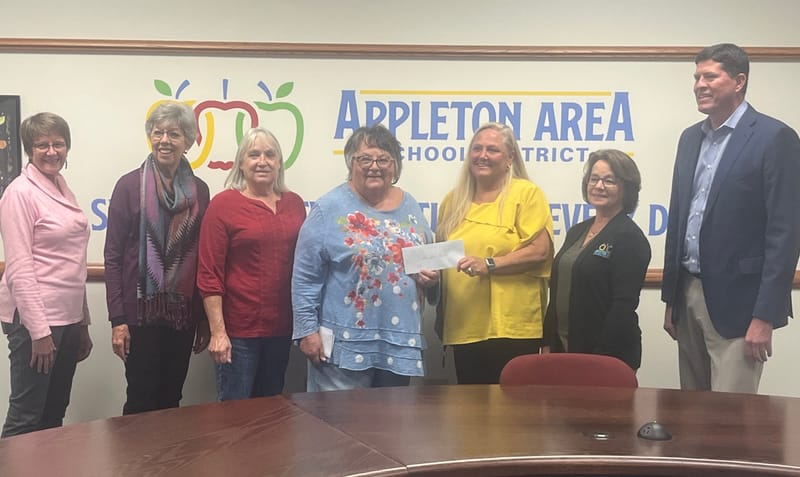DPI releases data, prompting Democrats to raise alarms
Over the past two decades, inflation-adjusted per-pupil spending has risen by less than 2.5 percent, compared to a national average increase of 21%. Cumulative inflation over that period is near 80%. From 2020 through 2023, per-pupil spending decreased in inflation-adjusted dollars.

General school aid numbers released by the Department of Public Instruction (DPI) this week have public school advocates and Democratic lawmakers upset and issuing further warnings about the state of public education.
Two issues are of particular concern to them, though both are connected. The report revealed that 71% of public schools will receive less general aid funding this year, up from a projected 65%. This is the result, advocates say, of general aid to public education receiving no additional funding in the recent budget, as well as the diversion of more than $350 million to voucher schools.
“Everyone in the state should be rooting for our children to find success, no matter their zip code,” said Democrat Kris Dassler-Alfheim of Appleton. “In the last 15 years, our schools have had to increase their spending to address technology, special education mandates, building security, mental health, and increased reporting. Now add in 15 years of compound inflation. Now take out millions of dollars for vouchers.”
According to data from the Wisconsin Department of Public Instruction (DPI), the Fox Valley schools that will receive less state general aid include Kimberly, Neenah, New London, Seymour, and Winneconne. Although less than the rate of inflation, the following area schools will see a slight increase in state general aid: Appleton, Freedom, Hortonville, Kauauna, Little Chute, Menasha, Oshkosh, and Shiocton.

Jodi Habush Sinykin, a Democrat from Whitefish Bay, said the state cannot continue to starve public education. Over the past two decades, inflation-adjusted per-pupil spending has risen by less than 2.5 percent, compared to a national average increase of 21%. Cumulative inflation over that period is near 80%. From 2020 through 2023, per-pupil spending decreased in inflation-adjusted dollars.

“Wisconsin already has one of the highest property tax rates in the country,” Habush Sinykin said, noting that school districts must make up for lost state aid via referendums. “If our communities continue to be forced to referendum, these tax rates will continue to rise, making our state even more expensive than it already is.”
Enrollment in the state’s four voucher school choice programs – Wisconsin Parental Choice Program, the Racine Parental Choice Program, the Milwaukee voucher program, and the Special Needs Scholarship Program – increased by nearly 2,400 this school year. The estimated annual cost for the state’s voucher programs, which enrolls nearly 61,000 students, is about $700.7 million.
Yet voucher school advocates were also not entirely happy, given that WPCP's growth was its lowest in nearly a decade. They are awaiting the end of the caps for voucher school participation after the 2026-27 school year. Currently, only 10% of a school district’s students can enroll in voucher programs, though when the program began in 2015-16 that limit was 1%.
Democrats also called attention to the potential misuse of state funds by the Academy of Excellence, a virtual private school in Milwaukee. Homeschooled students are not eligible for public funding in Wisconsin and Viroqua School Board President Angie Lawrence said such programs, which have little accountability compared to public schools, lead to inequity in our school system.
“If our state wants to make improvements in education for our students, let’s put our money where our mouth is and spend our tax dollars to improve public education so we can provide the highest academic outcomes for each child,” Lawrence said.
Democrats are introducing legislation that would bar virtual schools from participating in voucher programs. There is also legislation that would maintain the 10% limit for voucher school enrollment, require income verification annually, and place the cost of school vouchers on property tax statements to make taxpayers aware of how their money is being spent.
“The underfunding of our children in the public school system, that we are constitutionally required to provide, should be an insult to every Wisconsin,” Alfheim added. “A long-term solution to funding is necessary for children, families, and the economy itself.”






